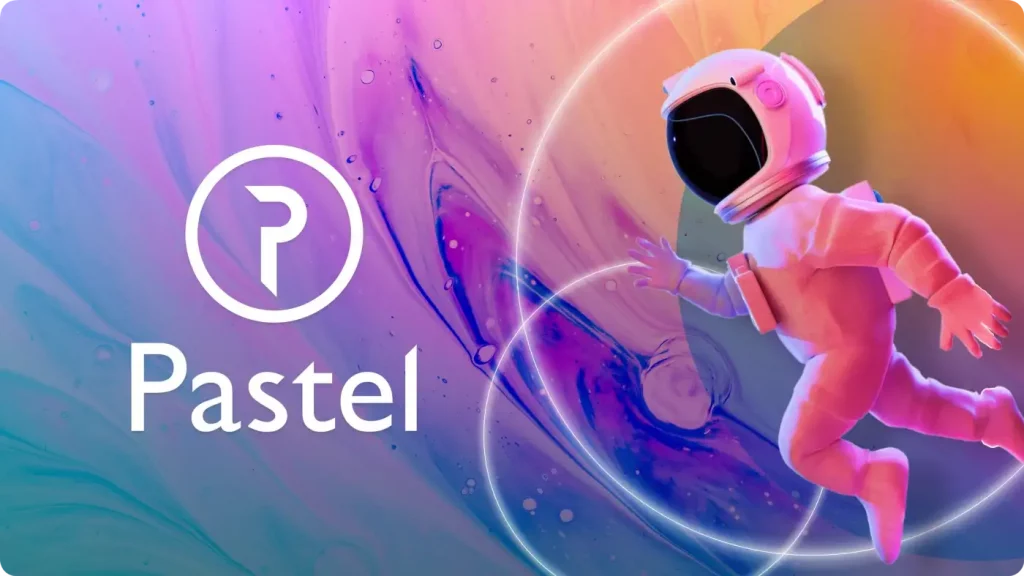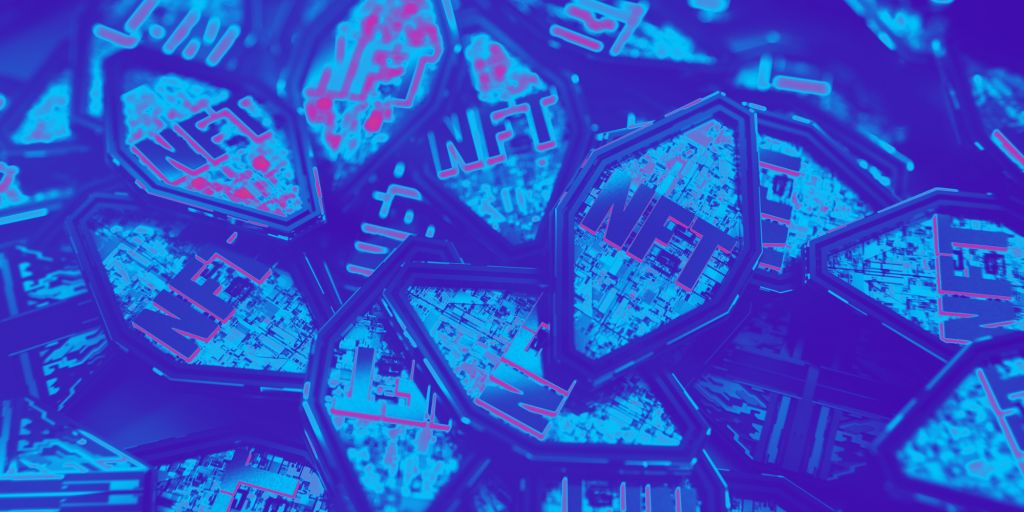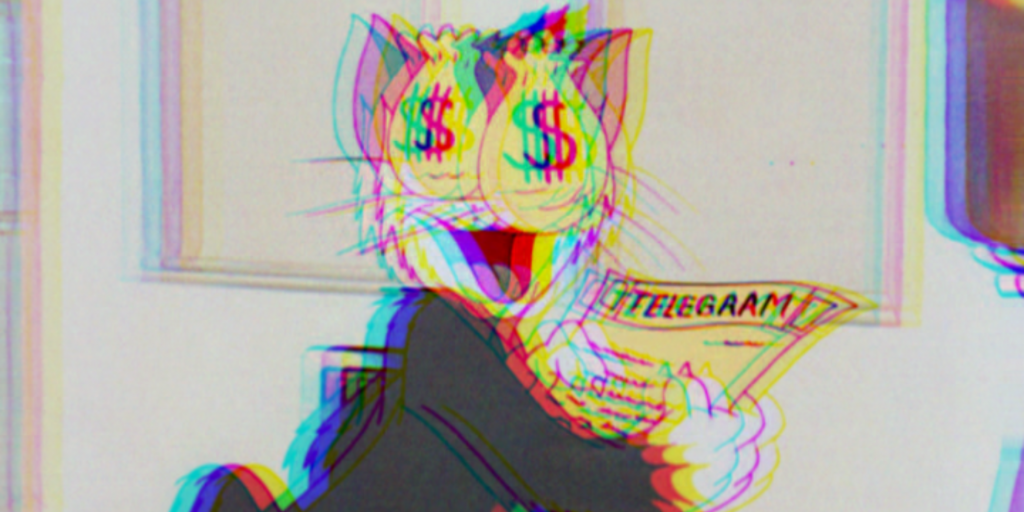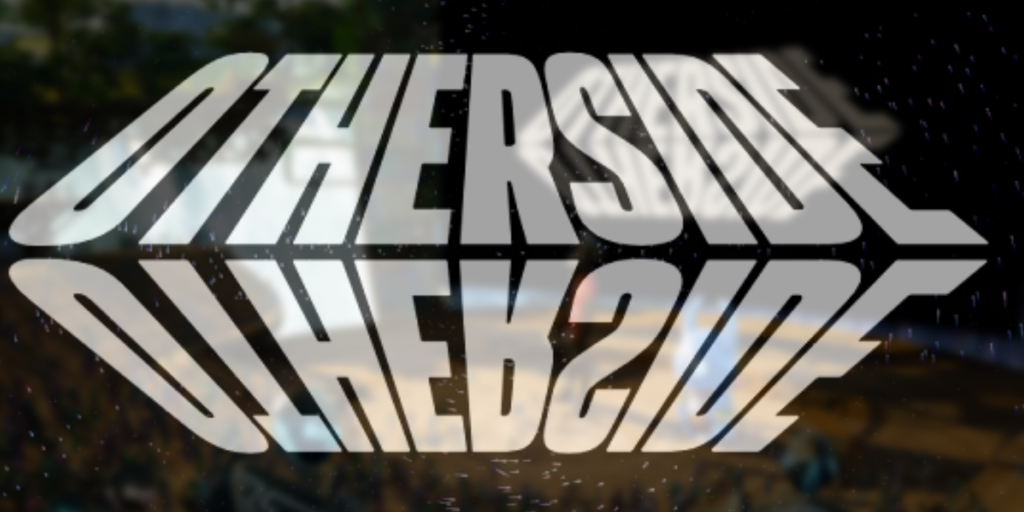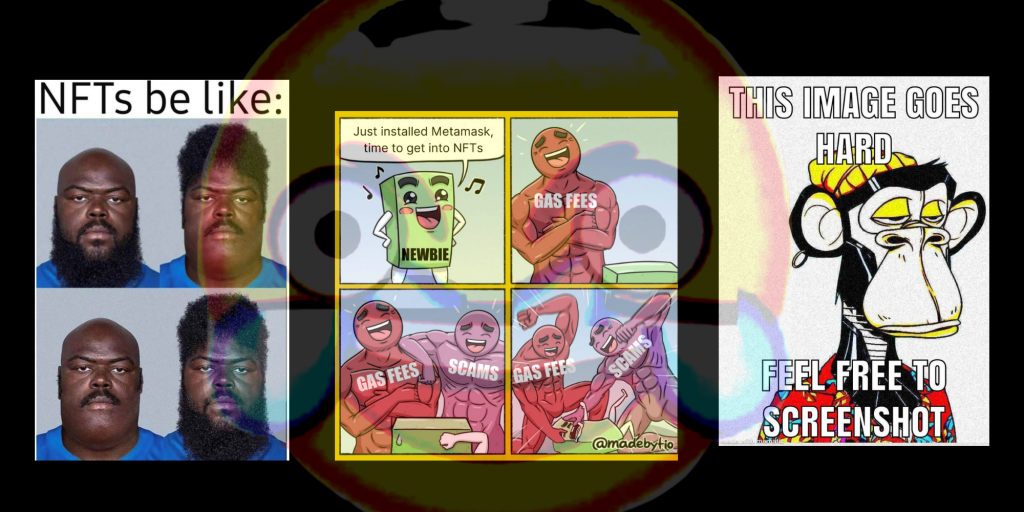NFT airdrops refer to the distribution of an NFT for free to a community or a group of whitelisted individuals. It’s a popular method for NFT projects, artists, and blockchain gaming apps to promote a new NFT collection to the public, draw attention to a new brand, or engage with their communities by handing out rewards.
While NFT airdrops are often free, they usually require users to hold a specific type of NFT to be eligible for the airdrop. This happens when a project announces an upgrade, a sidekick, a special package, etc., that benefits the holder and promotes a new collection as well.
How NFT Airdrops Work
Projects and creators often distribute NFTs by creating a new collection or sidekick by minting the NFTs and sending them to a particular group of wallets. They can also use a portion of the minted supply on later occasions.
Either way, the idea is to promote hype for that new collection, drive public awareness of the brand, or add value to the existing NFT collection. Likewise, early holders can claim a new NFT, and others have the chance to receive a new token by just doing a few tasks and at a much lower cost compared to the minting stage prices.
Creators usually promote NFT airdrops through their websites and social media channels. A particular set of tasks is outlined to claim the airdrop, such as sharing the post or tagging friends on social media, interacting with the community, creating social media posts or blogs about the airdrop.
The most common types of NFT and general airdrops are:
- Holder airdrop: these are the most common airdrops, in which projects send NFTs to wallet addresses holding a specific NFT or cryptocurrency. Generally, the more tokens the user has in their wallet, the more NFTs they receive.
- Standard airdrop: these are limited NFTs in terms of quantity and time. Users are not required to perform any specific task rather than creating an account and connecting their public crypto wallets to the website.
- Exclusive Airdrop: this type of airdrop is a way of rewarding loyal holders who, besides holding the token for an extended period, have attended exclusive IRL events, interacted with the community, and contributed to the collection in some way. Exclusive airdrops are not meant to be confused with bounty airdrops, which are open to everyone to participate.
- Raffle airdrop: rare NFTs distributed to a few selected individuals. In this airdrop, a creator will form groups using users’ crypto wallets and whitelist them before randomly choosing the winners. In order to participate, users typically have to sign up to the airdrop or perform a series of tasks.
Examples of Successful NFT Airdrops
For example, holders of Bored Ape NFTs received a digital vial of mutant serum, which turned their Bored Apes into Mutant Apes: Yuga Lab’s second project. In other words, Bored Apes holders received an NFT airdrop that changed their original NFT.

Mutant Ape #28566. Source: OpenSea
In late April 2022, Chiru Labs announced the launch of Beanz, an airdrop collection of 19,950 NFTs that function as sidekicks to Azuki NFTs. On the day of launch, the highest selling bean sold for 90 ETH, or roughly 250k in that time.
However, the chances of an airdropped NFT becoming highly valuable in the near future are low, unless we’re talking about NFT projects that have a well-established position in the space. The success of a new NFT collection will highly depend on several factors, including utility, rareness, reputation, exclusive benefits, and membership perks in the community, to name a few.
How to Claim an NFT Airdrop
NFT airdrops will have different mechanics depending on the creator, but you’ll need a cryptocurrency wallet that supports the specific blockchain and NFT you want to receive. MetaMask and EVM-compatible wallets are the most popular options in this case. You must either provide your public address to the project or connect your wallet to the project’s claim site.
When you visit the airdrop page, you will likely find a set of tasks and rules to perform and follow to get a chance to claim the NFT airdrop. Other times, you don’t need to do anything as the creator already has your wallet and will sort it together with other addresses.
Where to Find NFT Airdrops?
You can find NFT airdrops by following closely NFT projects on their social media or websites to be as early as possible at the time they announce upcoming airdrops. You can also check out aggregators like CoinMarketCap or NFT news sites that usually provide long lists of airdrops.
Safety Tips Before Participating in Airdrops
Beware of random NFT airdrops coming into your crypto wallet. If you receive an NFT or any other token with no verifiable source, it’s likely a scam. In this case, do not sell, trade, or interact with it.
NFT airdrops are an extension of an already established community, so double-check the airdropped token and see if the source matches with the original creator.
Here are a few rules to follow:
- Only provide your public wallet address to verifiable projects but never your private keys, seed phrase, or personal credentials. If a project is asking you for any of these, it’s a scam.
- Make sure you double-check the project’s legitimacy before connecting your wallet to the website or DApp. Scammers will always copy a project’s marketing content, websites, and landing pages to trick people into believing they are legit. Check the URL and any changes in the website’s direction or name.
- It’s always better to use an empty NFT wallet, as the scammer won’t have anything to steal if you ever fall victim to one.
- Verify that the tasks you need to perform don’t require handing over personal information.
- If the task involves sending money or crypto to a specific wallet, it’s a scam.
- Ignore NFT airdrops sent to your DM – usually scammers or dubious and low-quality NFT projects.
Final Thoughts
Airdrops are similar to being a regular customer in a grocery store and receiving a special treat for all the years you’ve been buying from them, or getting an offer from supermarkets; buy one and get one for free at a later date.
They are a popular way of engaging with communities, driving brand awareness to Web3/NFT projects, or adding value to existing projects; mostly because they’re easy to carry out, cheap, and allow creators to test the community’s reaction to certain types of projects. Airdrops are often seen a win-win for both sides, as they benefit users with new assets without doing too much in return.
